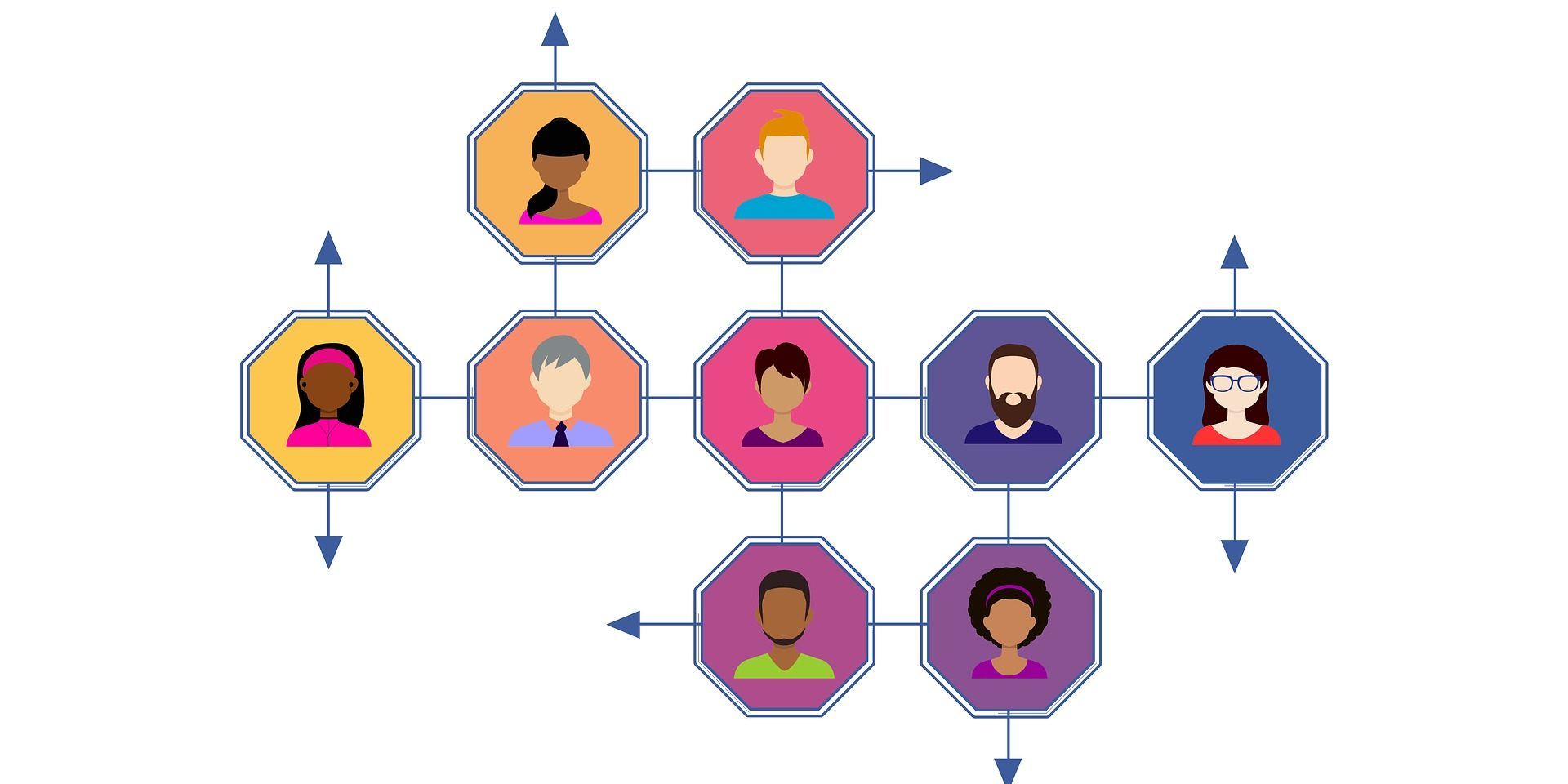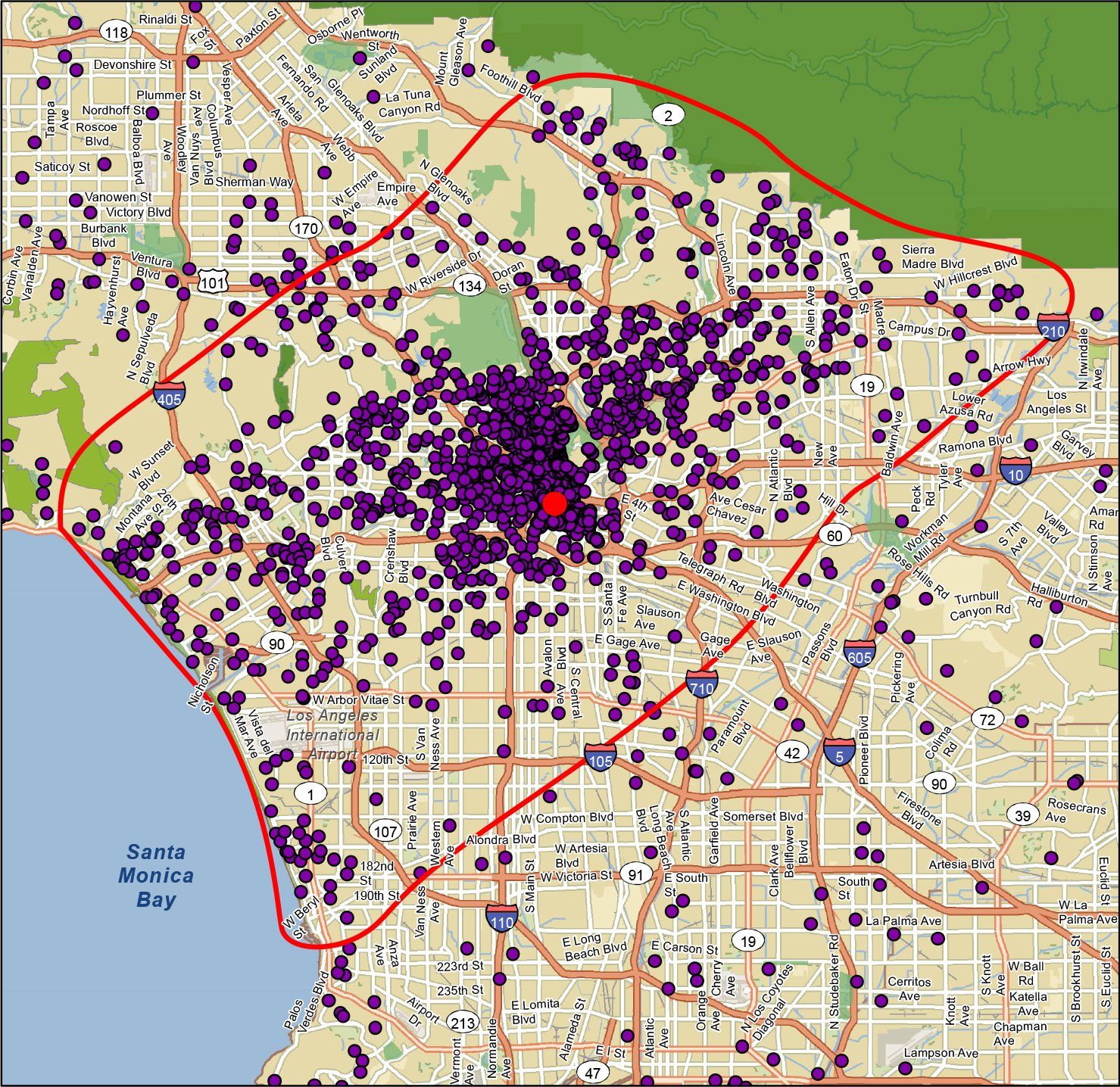Market Segmentation is one of the key components of a comprehensive market analysis. Market segmentation is the idea that the marketer will divide the market up into to different segments or groups so that they can target the segments in different ways. In Marketing, the term is known as STP (Segmenting, Targeting, and Positioning) – after we have segmented the market, we identify which groups to target, and then we position our product. Market segmentation and Targeting are two of the primary focuses of the Market Area Report that is our core product.
Many companies offer products that they believe effectively and efficiently divide households into different segmentations. Nielsen has a product named Claritas Prizm clusters. According to Wikipedia, the Claritas Prizm system “categorizes U.S. consumers into 14 distinct social groups, 11 distinct life-stage groups, and 66 demographically and behaviorally distinct types or “segments,” to help marketers discern those consumers’ likes, dislikes, lifestyles and purchase behaviors.” Experian offers a similar product named MOSAIC clusters. According to Wikipedia, MOSAIC clusters are “based on the simple proposition that the world’s cities share common patterns of residential segregation.” Both methods use a process of analyzing demographic, psychographic, geographic, and geodemographic variables for the purpose of putting households into buckets. The idea is that the resulting similarities of the households inside the buckets outweigh the differences between the established segmentations. The marketer can than then read the description of the segmentation, and choose which best matches the group they’re trying to target based on the group’s location.
MAR uses the idea of “residential segregation” to create our segments, except we do each segmentation as part of a custom analysis. The companies listed above are taking the known demographics of the households, along with other data such as magazine subscriptions, car purchases, neighborhood demographics, and other psychographic data, and creating a model for binning most of the households in the United States. You then call one of the companies and tell them to run counts for a specific geography, and you’re returned a count report showing how many clusters are available for the geography you listed. MAR believes that its better to create a custom market segmentation and client profile for the business using YOUR client data, instead of reading a list and thinking “This is my customer!”

Have a look at the chart on the left. After MAR has plotted your clients and established your market area boundary, MAR summarizes your market area to show you: the size of the boundary, the number of clients you have in the market, the number of households, your penetration, and 10-year growth rate. It’s important to know the potential reach of your business and to track it so that you know how it changes over time. Knowing the penetration is also important so that you can compare yourself to like businesses to see how you’re doing relative to the type of market you’re in.
After we understand the size of the market based on your market area, we’ll take a look at the Market Segmentation and Targeting section of the report. Each report that MAR produces is a collaboration between the business and MAR. It’s important that we understand the higher level details of your business so that we can tailor the market segmentation and targeting section to your business. As you can imagine, there are dozens of variables that can be summarized in the report, so we collaborate with your marketing team to make some decisions about which variables we think will be important.
The first step of the market segmentation and targeting section is to send your client data, via our secure FTP to Experian, the credit bureau, so that we can have them append the demographics that we’re interested in analyzing. As a side note, MAR has a very close relationship with Experian and we take data privacy and responsibility very seriously. Once the append is complete, Experian will return variables such as income, age, the presence of children, married vs single, ethnicity, home ownership, and a few others. MAR will then roll them up into meaningful segmentation, so that we can create a picture of the area and the type of customer you serve.
The next step in the process is to roll up all of the geo-demographics – these are the demographics of the neighborhoods that are in the market area – this is the market segmentation piece. As I mentioned above, MAR believes in residential segregation ( fish where the fish are ), so we want to compare our membership base to the average profile of the neighborhoods in our market area so that we know how they differ. We use the metric of an index to show the difference – the higher the index, the greater the difference (100 is considered exactly the same from market to client data).
In the sample below, let’s analyze the table together. The first thing we notice is that under the age section, the age distribution of the “Area” is pretty uniform, but in the “Members”, it’s much more skewed. It looks like the average age is 67, where close to 55% are aged 55 and over. That’s an insight! Next, we look at income and household composition. It looks like our members lean more towards the wealthy side, and they tend to be single and without children. Are you seeing how we begin to get a clearer picture of the type of customer we serve? Just with those 4 variables, we now know that we need to form a campaign that talks to this group.

Let’s look at how we can make market segmentation even more powerful – by adding in more of your client data. Take a look at the report on the right. For this client, MAR analyzed the

entire state of Florida and drew market area boundaries around a number of large cities in Florida. Part of the analysis was to look at the customer’s sales by market to see if we could see anything interesting from a demographic standpoint so that we could target better. One of the key insights that we discovered was that the Sarasota market skewed older and that the people using the product in Orlando and Miami tended to be single versus married. If we had not included the market sales data, we would not have been able to create this table. As a side note, when you are sending your data to MAR, it’s always better to send more versus less. By including transactional data such as last sale date, total sales, last sale amount, average sale, etc, MAR will look at these columns as well to enrich the final report.
In the end, MAR believes that when we take your data, we can effectively segment the market your serve while creating a profile for targeting. If you’d like to see any entire Market Area Report, containing our market segmentation example, click here. Lastly, feel free to call MAR today to discuss how we can help your business get a clearer picture of the market you serve.










